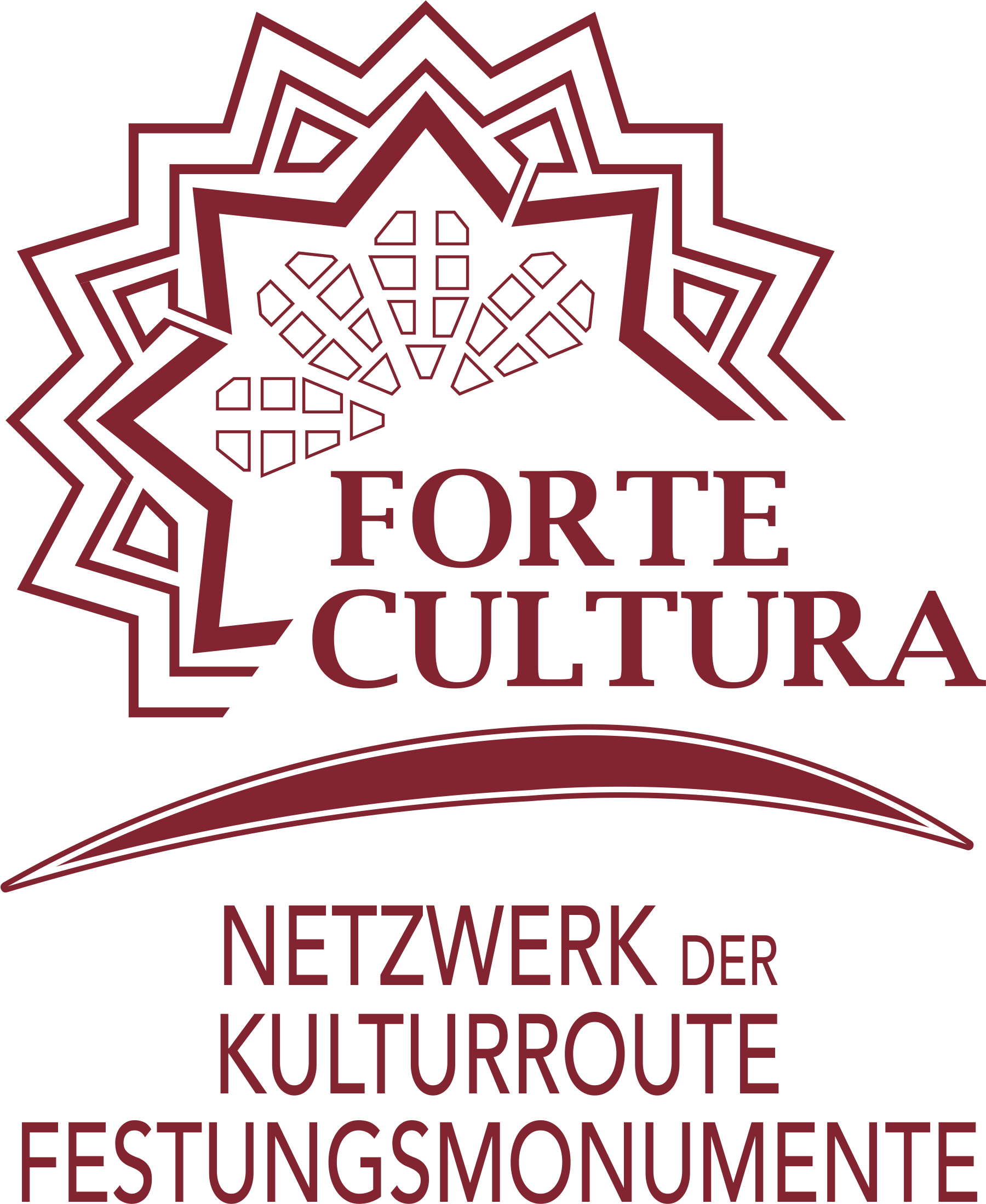by Filippo M. Cailotto,
photo: Dott.ssa Alessandra Neglia
FFortifications are among the most fascinating and complex cultural assets in Europe. Originally built for defence purposes, these imposing structures have become symbols of resilience, history and identity. However, in order to maintain their relevance in today’s world, more than just their preservation is required, but also a redefinition of their role in society.
This is where the New European Bauhaus (NEB) into play. The NEB is a visionary initiative of the European Union that Sustainability, aesthetics and inclusivity with each other to transform living spaces and cultural environments. Although it is primarily associated with architecture and urban development, its principles offer a wide range of possibilities. A new path for the future of fortresses. Through sustainable design, community-orientated projects and innovative reuse, fortresses can become catalysts for green development, cultural revitalisation and social commitment.
The New European Bauhaus: a framework for fortress renewal.
The NEB offers fortress managers, policy makers and cultural organisations a unique opportunity to reconcile the preservation of cultural heritage with modern environmental and social needs. By integrating NEB principles, fortresses can be transformed from passive historical monuments into active centres for sustainability and community innovation.
And this is how it works:
- Sustainability: Fortresses can be repurposed through environmentally friendly restoration techniques, energy-efficient facilities and sustainable tourism strategies, reducing their environmental impact while ensuring their long-term viability.
- Aesthetics: Adaptive reuse projects can emphasise the unique architectural and historical value of fortresses and increase their attractiveness as cultural monuments.
- Inclusivity: Opening up fortresses to the community through creative, educational and social initiatives ensures that these spaces remain accessible and meaningful for all citizens.
Case studies and best practices.
On the FORTE CULTURA Congress 2025 we will explore real-life case studies that demonstrate how the NEB principles are successfully applied to heritage sites. It is an honour, Alessandra Neglia, the project manager of “Essere Urbani”winner of the New European Bauhaus Award 2021 in the category Mobilising culture, art and communities, to welcome you. “Essere Urbani” is an inspiring example of how contemporary art Remodelling public spaces, involve local communities and create sustainable cultural tourism models.
Why it is important for FORTE CULTURA members.
Many fortress managers face the challenge of securing Community funding and support. The New European Bauhaus offers new strategies and EU funding opportunities to integrate fortresses into wider regional sustainability initiatives. This means access to resources for restoration, innovative cultural projects and community engagement programmes.
Take part in the conversation.
The NEB is a Transformative vision for European cultural heritage represent. By focussing on sustainability, aesthetics and inclusion, fortress managers can ensure a thriving future for these historic sites – not just as relics of the past, but as vibrant cultural and social spaces.
Take part in the FORTE CULTURA Congress 2025 and find out how the fortified cultural heritage can contribute to the design of a Sustainable future for Europe can contribute.
📅 Dates: March 27-29, 2025
📍 Location: Forte di Bard, Aosta Valley, Italy
🎤 Key Speaker: Prof. Nancy Duxbury, University of Coimbra (PT), author of Creative Tourism: Activating Cultural Resources and Engaging Creative Travellers
Register today!


Schreiben Sie einen Kommentar